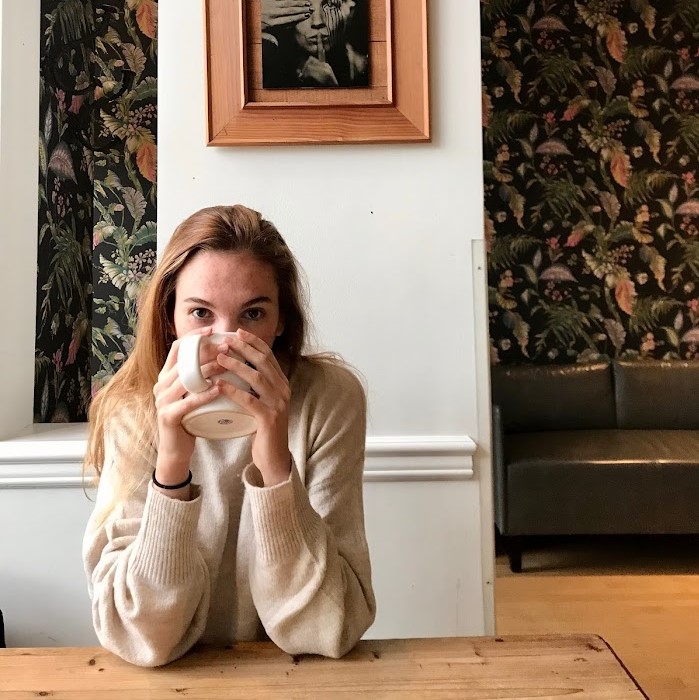More about Manuel Neri
Works by Manuel Neri

Contributor
Manuel Neri was born the son of Mexican immigrants who fled Guadalajara, Mexico just before the Mexican Revolution.
When his father died at age nine, Manuel and his mother relocated to the Bay Area where the artist spent the rest of his life. Neri originally studied engineering at UC Berkeley, and to finish up elective credits he chose an art class on a whim, or as he stated, by "dumb luck” at the City College of San Francisco. He left engineering behind and became a full time artist. This fated art class introduced Neri to Peter Voulkos and, later, Richard Diebenkorn, who both turned out to be early mentors.
Neri was deeply ingrained in the Bay Area art scene and although one of the few famous Latino artists of the twentieth and twenty-first centuries, he was known to say he didn’t identify with what was referred to as “Latino Art.” He felt at home in the Bay Area art community stating he “just felt like one of the guys.” Originally trained in Abstract Expressionism, his genre of choice soon became sculpture depicting the female figure. Story has it that the birth of his first daughter opened his eyes, stating, “It was a fantastic moment. I realized then that the female body has the magic. The male may have the power, but the female has the magic.” The rest is history, and Neri continued to sculpt the female figure, using the same model, Mary Julia Klimenko, for over 30 years.
Neri, like many of his colleagues, was committed to the under-the-radar Bay Area arts scene that was more or less invisible to the rest of the country. He was able to embrace the solitary life of the artist by converting an abandoned Unitarian Church in Benicia, CA into his studio, where the light from stained glass windows illuminated his creative process. He was also the Director and member of the artist-run collective Six Street Gallery in San Francisco, a gathering place for Bay Area artists and members of the now infamous Beat Scene. A successful artist throughout his life, he struggled personally, with all of his four marriages, including his marriage to the artist Joan Brown, ending in divorce. Neri recently died on October 18, 2021 in his home.
Sources
- Genocchi, Benjamin. “The Look of Love.” The New York Times, April 8, 2007. https://www.nytimes.com/2007/04/08/nyregion/nyregionspecial2/08NJarts.h….
- “Manuel Neri.” Smithsonian American Art Museum. Accessed December 9, 2021. https://americanart.si.edu/artist/manuel-neri-6624.
- Moore Hessel, Patricia. “Manuel Neri: Transformations of the Classical and Modernist Figure.” Thesis, ProQuest Dissertations Publishing, 2001.
- Neri, Manuel. “Manuel Neri, Figurative Sculptor, Dead at 91.” Antelope Valley Press, November 3, 2021. https://www.avpress.com/news/newsline/manuel-neri-figurative-sculptor-d….
- Tuchman, Phyllis. "Manuel Neri: YALE UNIVERSITY ART GALLERY." Artforum International, Summer 2018, 312+. Gale Literature Resource Center (accessed November 19, 2021). https://link.gale.com/apps/doc/A543991507/LitRC?u=sant38536&sid=googleS….
- Whiting, Sam. “Manuel Neri, Groundbreaking Sculptor and Member of Famed UC Davis Art Faculty, Dies at 91.” SF Chronicle, October 21, 2021. https://www.sfchronicle.com/bayarea/article/Manuel-Neri-groundbreaking-….
- Williams, Annabelle. “Manuel Neri, Figurative Sculptor With a Modern Twist, Dies at 91.” The New York Times, November 2, 2021. https://www.nytimes.com/2021/11/02/arts/manuel-neri-dead.html.
Featured Content
Here is what Wikipedia says about Manuel Neri
Manuel John Neri Jr. (April 12, 1930 – October 18, 2021) was an American sculptor who is recognized for his life-size figurative sculptures in plaster, bronze, and marble. In Neri's work with the figure, he conveys an emotional inner state that is revealed through body language and gesture. Since 1965 his studio was in Benicia, California; in 1981 he purchased a studio in Carrara, Italy, for working in marble. Over four decades, beginning in the early 1970s, Neri worked primarily with the same model, Mary Julia Klimenko, creating drawings and sculptures that merge contemporary concerns with Modernist sculptural forms.
Check out the full Wikipedia article about Manuel Neri











